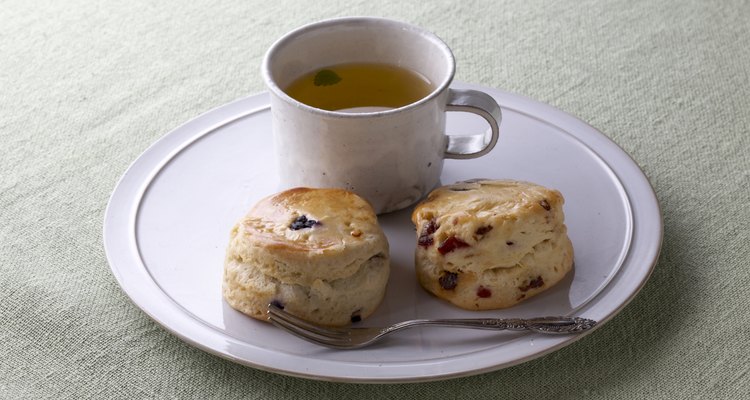
Baking recipes use a number of techniques and ingredients to give you a light, airy end result. Angel food cakes get their delicacy from beaten egg whites, breads are lifted high by yeasts, while cakes and quick breads usually rely on baking soda in some form. Baking powder combines soda with other ingredients to make it more versatile, and self-rising flour has baking powder mixed in at the factory, but neither can substitute directly for baking soda.
Baking Soda 101
Many a childhood science fair project works by combining an acidic ingredient with a base, or alkaline ingredient, and uses the resulting burst of gas to perform a task. That's exactly how baking soda works in your baked goods. It reacts with acidic ingredients such as lemon juice or vinegar, buttermilk, or cream of tartar to produce carbon dioxide gas. Your dough or batter traps that gas, forming small pockets of carbon dioxide that raise your baked goods and leave them with a light and delicate crumb. Baking powder can be substituted for soda, either plain or in self-rising flour, but it's not a direct substitution.
Baking Powder
For baking soda to work in your recipe, it needs to be balanced with the right quantity of acidic ingredients. If there's too much or too little acidity, your baking won't rise or brown properly and it might have an "off" flavor. Baking powder minimizes trial and error by combining the baking soda ahead of time with dry acidic ingredients, and a neutral filler such as corn starch to keep the two from reacting prematurely. Soda accounts for about one-quarter of the baking powder's volume, so you'd substitute 1 teaspoon of powder for every 1/4 teaspoon of soda.
Using Self-Rising Flour
Self-rising flour goes one step further in the search for consistent results. It combines all-purpose flour with baking powder and a small amount of salt, all thoroughly mixed together at the factory. It's convenient for bakers, especially novices, because it reduces the number of steps in a recipe. It also improves results, because the ingredients are already thoroughly mixed. Each cup of self-rising flour contains 1 1/2 teaspoons of baking powder. If you're trying to bake a favorite recipe and find you're out of soda, you can simply substitute self-rising flour for the all-purpose flour in your recipe. You'll also need to make a few small adjustments.
Adjustments
If your recipe is designed to use baking soda it contains acidic ingredients such as buttermilk or natural cocoa. Self-rising flour doesn't need the acidity to work, so you can replace those ingredients with neutral equivalents such as plain whole milk or Dutch-processed cocoa. If a faint buttermilk tang is part of the charm of your recipe, you can keep up to a quarter of the original amount for its taste. Cookies, quick breads and biscuits won't brown as well without soda, but you can compensate by increasing the heat of your oven during the last few minutes or by brushing the tops of biscuits and quick breads with milk, cream or a beaten egg.
Related Articles

Can You Use Cream of Tartar to Make ...

How to Get Soda Off My Uggs
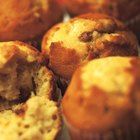
What Works With Baking Soda Besides ...

What Temperature to Cook Scones?
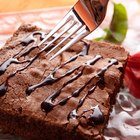
Can I Use Soda Pop in Brownies?
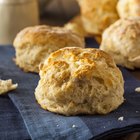
Can I Store Biscuit Dough Overnight?

Baking Soda or Baking Powder to Make a ...
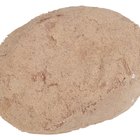
Do Snickerdoodles Need Cream of Tartar?

Why Are My Biscuits Always Flat?
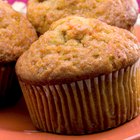
Substitute for Manioc Starch

What Happens When I Put in Too Much ...
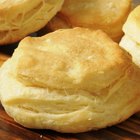
How to Make Southern Buttermilk ...

What Can You Substitute for Baking ...
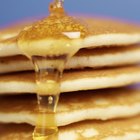
I Need a Substitute for Baking Soda in ...
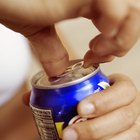
Can You Use Soda to Replace Oil in a ...
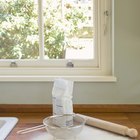
Why Is Sodium Aluminum Phosphate in ...
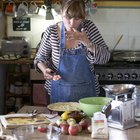
What Are the Causes of Large Holes in a ...

Cake Mix Alternative for Oil
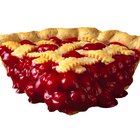
How to Substitute Cornstarch for ...
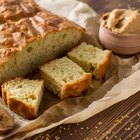
How Many Calories Are in Jiffy ...
References
- On Food and Cooking: The Science and Lore of the Kitchen
- The Cook's Thesaurus: Wheat Flours
- The Cook's Thesaurus: Leavens
Writer Bio
Fred Decker is a trained chef and certified food-safety trainer. Decker wrote for the Saint John, New Brunswick Telegraph-Journal, and has been published in Canada's Hospitality and Foodservice magazine. He's held positions selling computers, insurance and mutual funds, and was educated at Memorial University of Newfoundland and the Northern Alberta Institute of Technology.
Photo Credits
MASH/Digital Vision/Getty Images